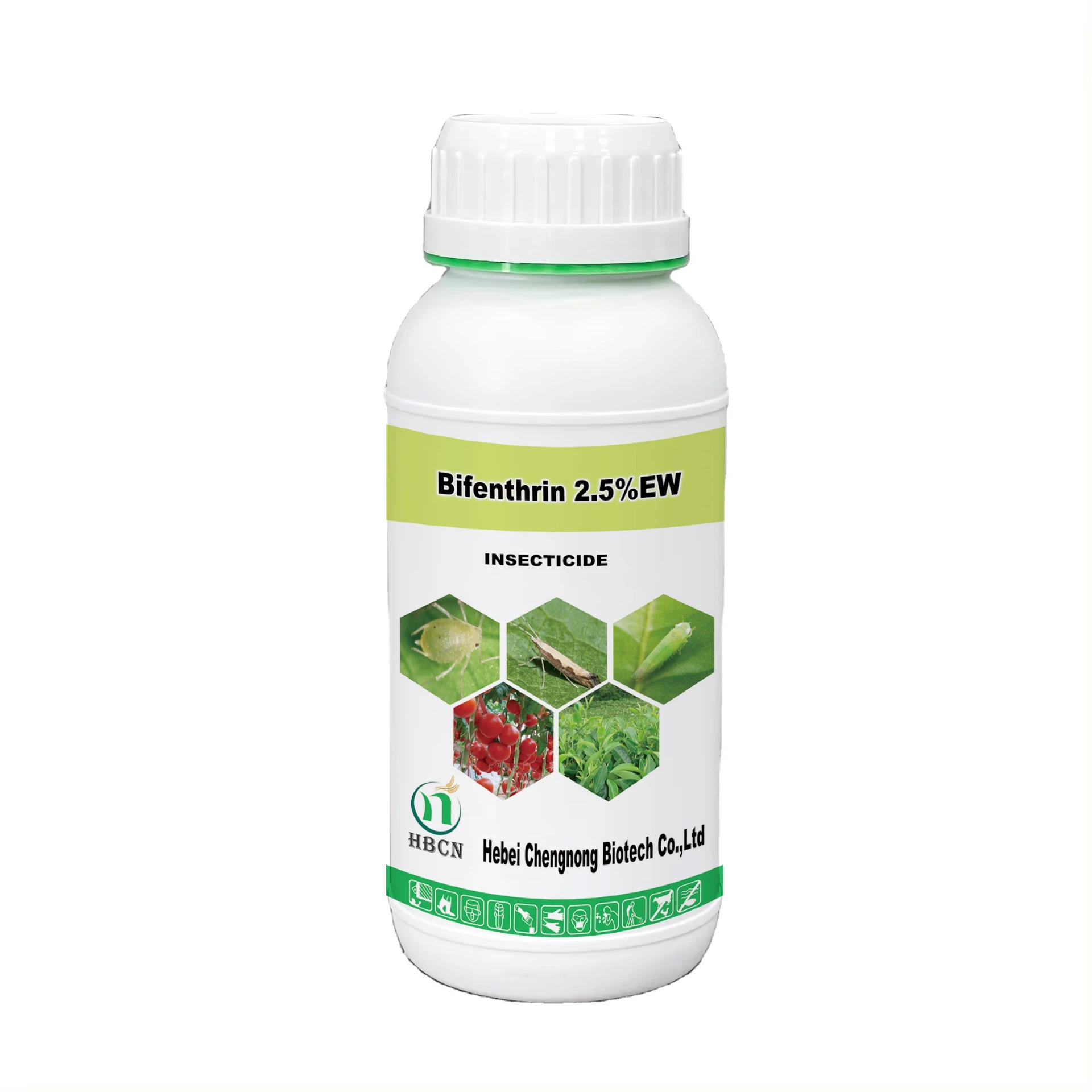
Th12 . 11, 2024 09:52 Back to list
Exploring the Benefits and Applications of Proxanil Fungicide in Agriculture and Gardening
Proxanil Fungicide An Essential Tool in Modern Agriculture
In the realm of agriculture, effective pest management is a critical component in ensuring the health and productivity of crops. Among the various tools available to farmers, fungicides play a vital role in controlling fungal diseases that can wreak havoc on farms. One such fungicide that has gained attention is Proxanil, which is known for its effectiveness in combating a wide range of fungal pathogens.
What is Proxanil?
Proxanil is a systemic fungicide developed for the control of fungal diseases in crops. It operates through unique modes of action that inhibit fungal growth and reproduction, making it particularly effective against various phytopathogenic fungi. This chemical compound is synthesized to provide agriculturalists with a potent solution to safeguard their crops from damaging infections. It is primarily used on crops such as tomatoes, potatoes, grapes, and other fruits and vegetables, where fungal diseases can significantly impact yield and quality.
Mechanism of Action
Proxanil acts by interfering with the biological processes of fungi. It is known to inhibit nucleic acid synthesis, thereby preventing the fungal cells from replicating. This action allows the chemical to effectively stop the spread of the infection and enable the plant to recover. Moreover, because Proxanil is a systemic fungicide, it is absorbed by the plant and distributed throughout its tissues. This systemic activity provides a protective barrier against future infections, ensuring that crops remain healthy during critical growth stages.
Benefits of Proxanil
One of the primary advantages of using Proxanil is its ability to provide long-lasting protection against fungal diseases. This characteristic means that farmers can apply Proxanil with confidence, knowing that their crops will be defended from detrimental pathogens. In addition to its protective qualities, Proxanil has a relatively low toxicity to beneficial organisms, such as pollinators and predatory insects, making it an eco-friendlier option in the realm of pest management.
Another notable benefit is its effectiveness against a wide spectrum of fungal diseases. Proxanil is particularly proficient in controlling diseases such as downy mildew, powdery mildew, and late blight, which can devastate entire crops if left unchecked. By targeting these prevalent issues, Proxanil not only helps in maintaining crop yields but also ensures high-quality produce that meets market standards.
proxanil fungicide

Application Guidelines
To maximize the efficacy of Proxanil, proper application techniques are vital. Farmers must adhere to recommended usage rates and application schedules specified on the product's label. It is generally advised to apply Proxanil at the onset of disease symptoms or as a preventive measure during high-risk periods, such as during periods of high humidity or prolonged wet weather.
Additionally, crop rotation and integrated pest management practices should be employed alongside Proxanil applications. These strategies help reduce the risk of resistance development among fungal populations and promote sustainable agriculture. Farmers should also be encouraged to monitor their crops regularly, observing any changes that suggest fungal infection and responding promptly with treatment as necessary.
Challenges and Considerations
Despite its benefits, the use of Proxanil, like any chemical control agent, is not without challenges. Resistance development is a significant concern in the agricultural community. Over-reliance on a single mode of action can lead fungi to evolve and become resistant to the fungicide, rendering it ineffective. Thus, it is imperative for farmers to incorporate a variety of fungicides with different modes of action into their disease management programs.
Moreover, users must be cognizant of the environmental impact associated with fungicide applications. While Proxanil is considered to have lower toxicity to non-target organisms, proper safety precautions should always be taken to minimize the potential for runoff and contamination of water sources.
Conclusion
In conclusion, Proxanil fungicide represents a crucial component of modern agricultural practices. Its effectiveness in controlling a multitude of fungal diseases, coupled with its systemic properties, makes it a valuable asset for farmers looking to protect their crops and ensure a successful harvest. By employing integrated pest management strategies and adhering to responsible application practices, agriculturalists can maximize the benefits of Proxanil while contributing to sustainable farming. As the world continues to face challenges in food production, tools like Proxanil will undeniably play a vital role in securing our agricultural future.
-
Generic Lufenuron for Cats Affordable Flea & Parasite Prevention
NewsMay.17,2025
-
Terbuthylazine Herbicide Effective Weed Control for Crops & Gardens
NewsMay.17,2025
-
Quizalofop Herbicide Effective Weed Control for Crops & Lawns
NewsMay.17,2025
-
Eraze Herbicide Fast-Acting Mesotrione Weed Control 8oz Formula
NewsMay.16,2025
-
Atrazine & Simazine Herbicides Effective Weed Control Solutions
NewsMay.16,2025
-
Thiomyl Fungicide for Citrus Trees Effective Disease Control & Protection
NewsMay.15,2025
